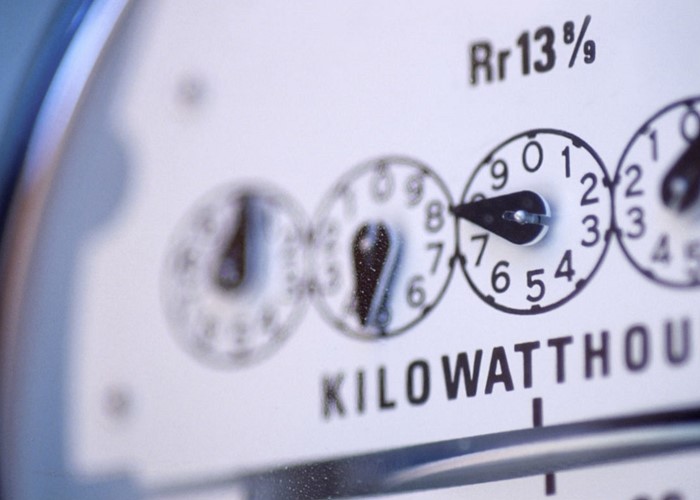How I'm heating my house for 8p a day

A YouTube video which shows users how to build a heater with four tea-lights, two flowerpots and a bread tin – and heat a room for just 8p a day – has gone viral. We put it to the test.
Rising energy bills are a hot topic at the moment. So it’s no surprise that a YouTube video showing viewers how to make DIY heater on the cheap has proved popular.
The rather aptly-named Dylan Winter posted the clip under the name KeepTurningLeft. The journalist and boat owner says the heater is an alternative way to heat both his boat and home office. He reckons the DIY heater can keep a room warm for just 8p a day if it’s used in conjunction with the heat generated from a computer. At the time of writing the clip had 2,455,677 views.
But the big question is: does it work?
Setting up the heater
As a freelance journalist who works at home, keeping warm is a big issue. Previous winters have taught me that having the heating on full blast all day means eye-watering heating bills. And as I spend most of the day in my home office, rather than the rest of my flat, a one-room solution seemed perfect.
I found I had all the components of the DIY heater already. You need a bread tin, four tea-light candles and two ceramic flowerpots.
Winter’s video shows how the tea-lights are put inside a bread tin, lit and covered with a small upside-down flowerpot. If the flowerpot has a hole in its base, this is covered up (Winter used the metal casing leftover from one of the tealights).
The small flowerpot is covered by a second, larger pot and the hole in the bigger flowerpot is left uncovered.
"Between the flowerpot and your computer, they keep the room warm," explained Winter. "It costs just 8p a day, plus the cost of electricity (for the computer) of course."
I set up the heater in under five minutes – and waited for the room, the coldest in my flat, to heat up.
Compare gas and electricity tariffs available in your area with lovemoney.com
How does it work?
The process uses the theory of convection heat transfer to warm a room.
The candles produce gases full of heated particles that are captured and channelled through the pots. Because the hot gas particles are lighter than the gases in the air, they rise up into the colder area.
This causes the cold air to fall into the warm areas and creates a convection current, which transfers heat from one pot to another, and out of the hole on top.
The cost
Tea-lights cost £1 for 100 from Ikea. They burn for about four hours until they need replacing. Assuming an eight-hour working day, you’ll need eight tea-lights to last the day, or 40 a week.
A quick check on Tesco shows you can buy a bread tin for £4.66. Ceramic flower pots are pretty cheap too – prices start at about £9.99 at Homebase but you can probably pick them up much cheaper at your local garden centre.
Many people will find they have tea-lights, a bread tin and flowerpots lying around at home anyway. I had all the components from failed seduction, baking and gardening attempts respectively.
Does it work?
Surprisingly, I think it does. Admittedly, I’m not sitting here in shorts and a T-shirt while I write this article – I’ve followed David Cameron’s advice and put on an extra jumper.
But I certainly haven’t been tempted to put the heating on during the day, something I normally contemplate at this time of year. The flowerpots are pretty hot to touch, especially the inside one. My home office is normally freezing due to the external walls never getting any sun but it’s now warmer than the other rooms and I notice the difference when I wander into the living room at lunch time.
Given the high energy bills we’re facing this winter, I reckon the DIY heater is worth a try.
What do you think? Will you be giving it a go? Let us know how you get on in the comment box below.
See if you can also save on your gas and electricity bills with our comparison
More on gas and electricity:
How to switch energy supplier
Ten ways to save on energy
How to get free cavity wall and loft insulation
Who owns the UK's big energy companies?
How I saved £1,200 on my new boiler
The Green Deal explained
Most Recent
Comments
Be the first to comment
Do you want to comment on this article? You need to be signed in for this feature







